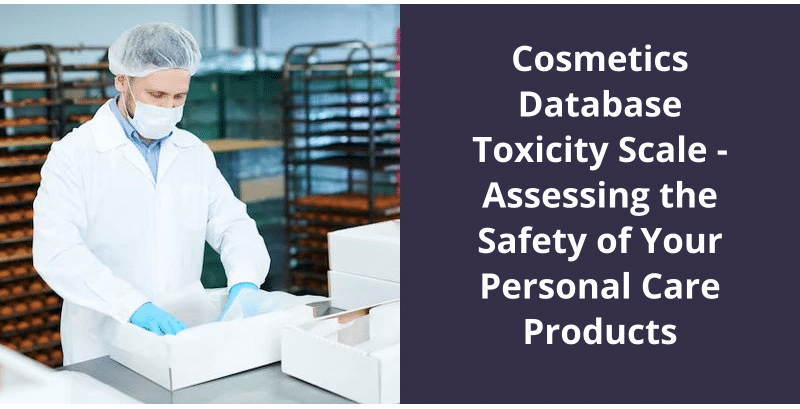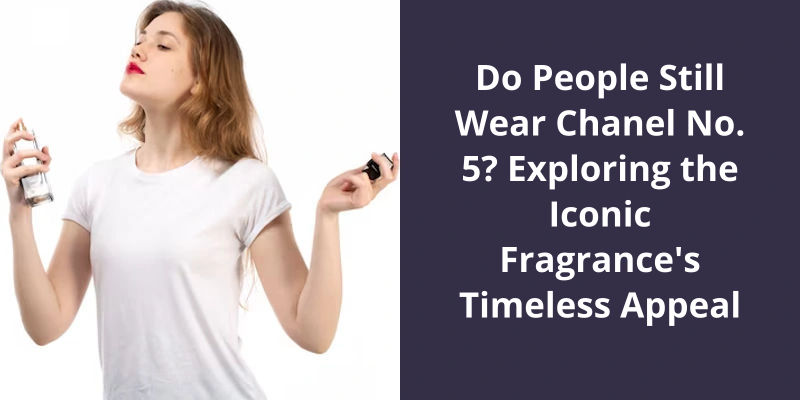The Cosmetics Database Toxicity Scale is a tool used for evaluating the safety of personal care products. Through this scale, each product is given a score based on its ingredients and their known or suspected hazards. Higher scores on the scale indicate a higher hazard level, while lower scores indicate less harmful products. The scale helps consumers make informed choices regarding their cosmetics and personal care items. This information can be especially important when it comes to avoiding products with ingredients that could potentially harm one’s health.

How Do You Know if Something Is Toxic?
It’s important to note that not all toxic substances have an immediate impact on the body. Some toxic substances may accumulate over time, leading to long-term chronic health problems such as cancer or organ damage. Detecting toxic substances can be difficult, as many toxic substances are odorless, tasteless, and invisible.
One way to determine if something is toxic is to read the label or safety data sheet. Manufacturers are required to label products with warning labels and provide safety data sheets that detail the risks associated with handling the substance. Additionally, regulatory agencies such as the Environmental Protection Agency (EPA) and the Food and Drug Administration (FDA) set limits on the amount of certain substances allowed in products.
Symptoms of toxicity may vary depending on the type and amount of substance ingested or absorbed by the body. Symptoms may include nausea, vomiting, diarrhea, headaches, dizziness, respiratory issues, or skin irritation. In severe cases, toxic exposure can lead to seizures, coma, or even death.
If you suspect you’ve been exposed to a toxic substance, it’s important to seek medical attention immediately. Healthcare professionals can perform tests to determine the extent of exposure and provide treatment options such as medication or supportive care. In some cases, chelation therapy may be necessary to remove the toxic substance from the body.
Preventing exposure to toxic substances is key to maintaining good health. It’s important to handle and store household products, chemicals, and medications according to their labels and safety instructions. Additionally, individuals should use protective gear such as gloves, masks, or goggles when working with potentially hazardous substances.
Identifying toxic substances requires an understanding of their chemical structure, absorption rate, and the bodys ability to detoxify and eliminate them. Reading labels, following safety guidelines, and seeking prompt medical attention for exposure can help prevent long-term health problems associated with toxic exposure.
However, it can be difficult to know if a material or substance is toxic, especially if you aren’t familiar with it’s properties and effects. Fortunately, the Agency for Toxic Substances and Disease Registry (ATSDR) has a useful resource that can help you find information about toxic substances and their potential health hazards.
What Is the Website to See if Something Is Toxic?
The real problem arises when we aren’t sure about the toxicity of a particular substance. Moreover, oftentimes, we come in contact with certain chemicals without even knowing about their presence. In such scenarios, it’s essential to have a reliable source that provides information about toxic substances. ATSDRs Toxic Substances Web Portal is one such platform designed to serve this purpose.
It also features interactive tools that allow users to search for specific chemicals, learn about their toxicological profile, and access the relevant resources. Furthermore, the portal includes detailed information about toxicological testing methods and risk assessment tools.
The platform also provides access to various databases, such as the Hazardous Substances Data Bank (HSDB), which contains information about the toxicological properties of thousands of chemicals.
The platform has a user-friendly interface that allows users to search for chemicals based on several criteria, including their name, properties, or effects. Users can also find information about the toxic substances in their local environment by using the portals “State Maps” feature.
The platform offers a wealth of information, tools, and resources that make it easy to understand the risks associated with various toxic chemicals and take preventative measures.
Source: Toxic Substances Portal | ATSDR
Conclusion
In conclusion, cosmetics and personal care products are an essential part of our daily routine, but they also pose a significant risk to our health and the environment. Such a database will help consumers make informed decisions about the products they purchase and use, ultimately creating a safer and more sustainable cosmetics industry. However, creating a comprehensive toxicity scale is a complex task that requires the cooperation of various stakeholders, including government agencies, researchers, and industry players. As such, it’s vital that all parties work together to ensure the development of a reliable and user-friendly cosmetics database toxicity scale that benefits everyone.





